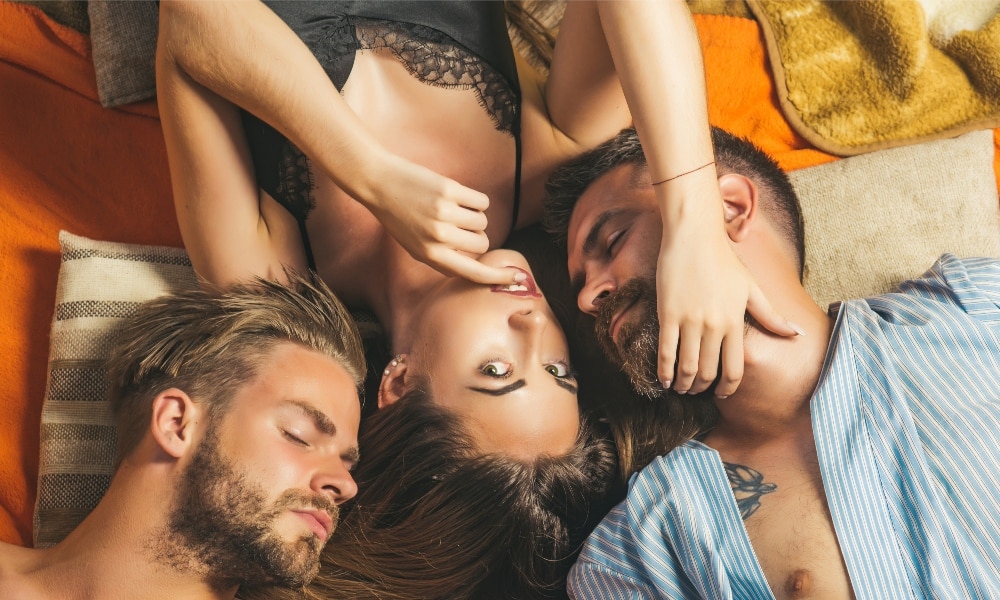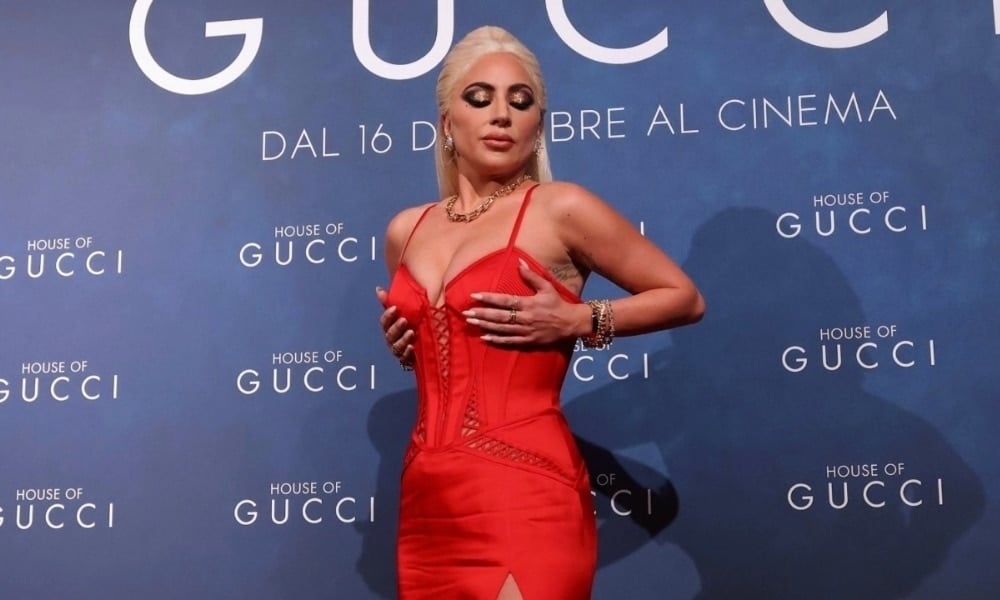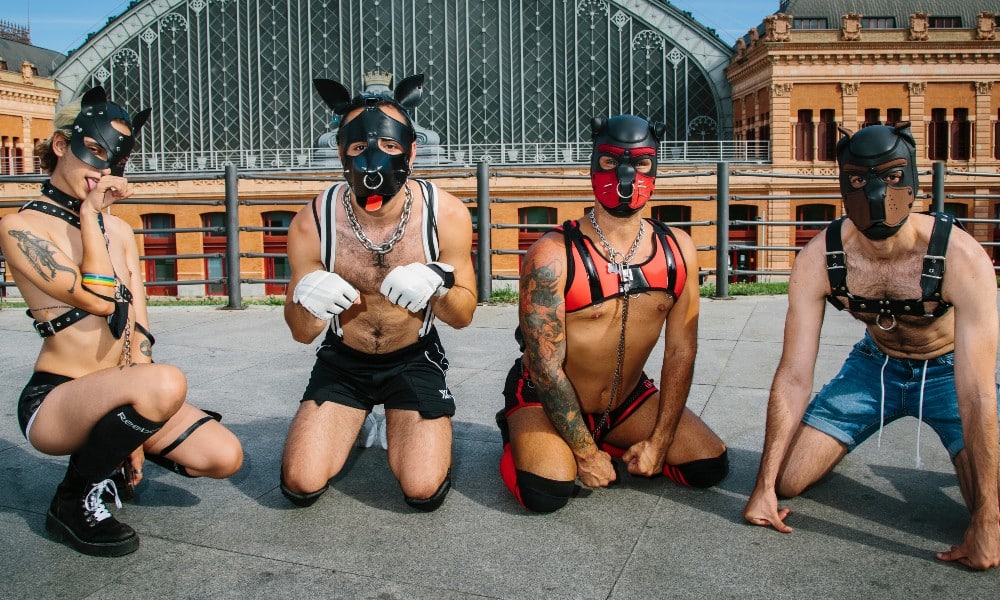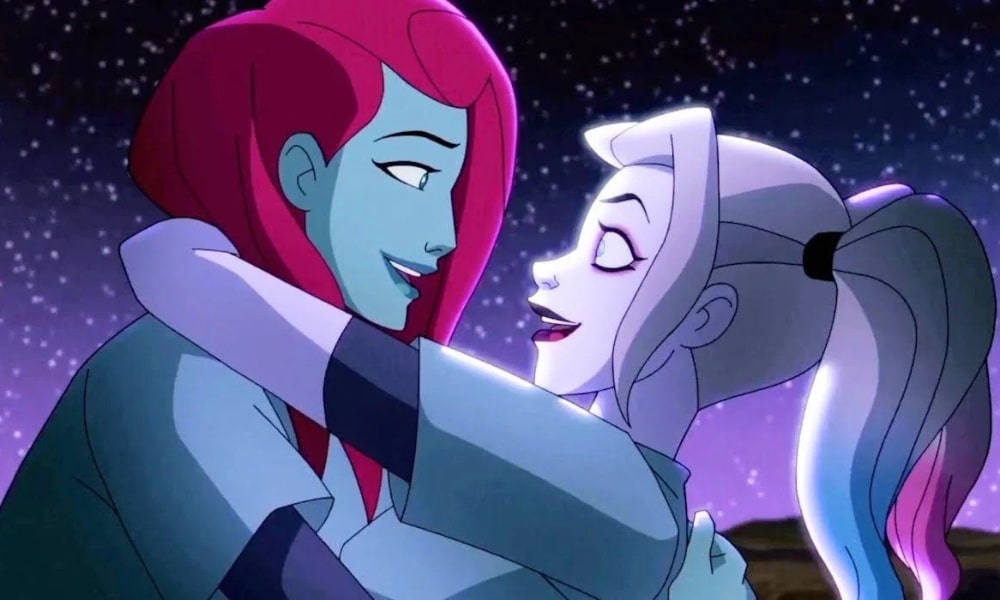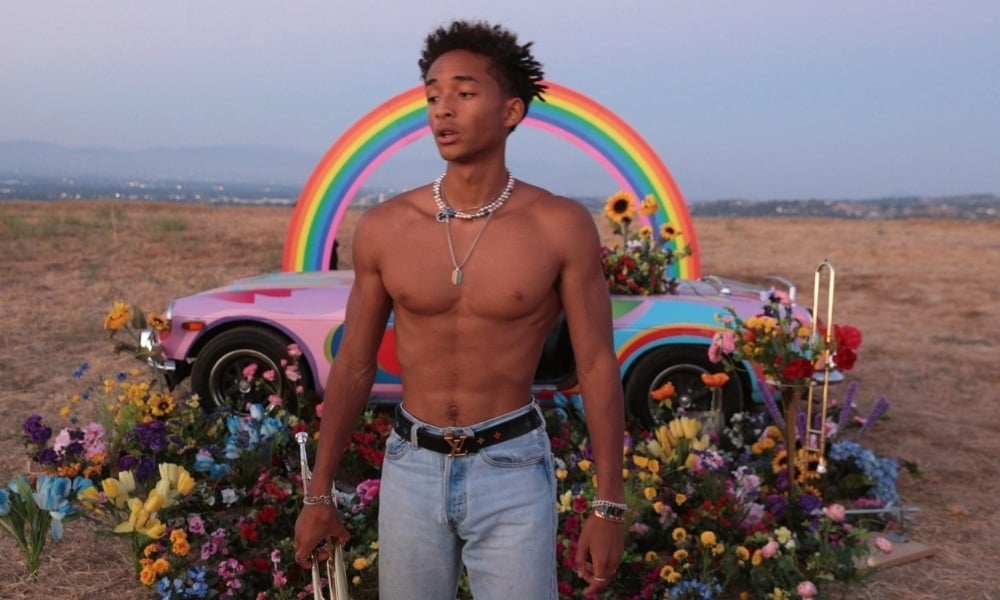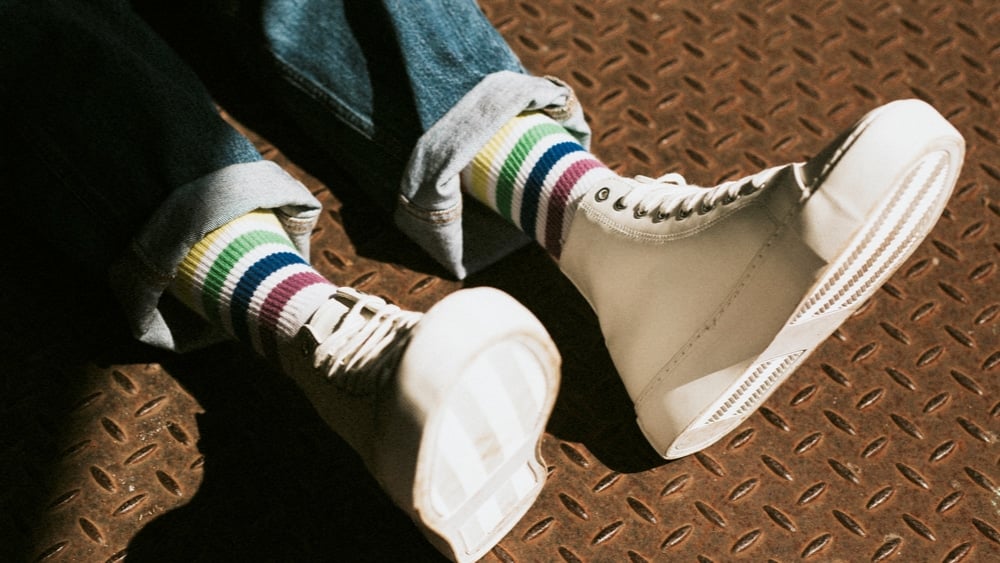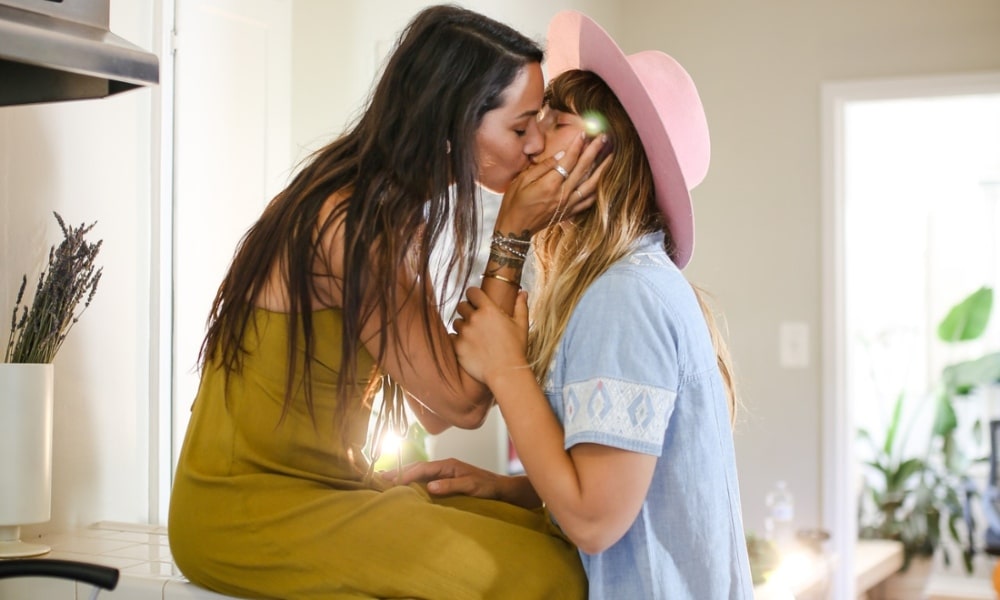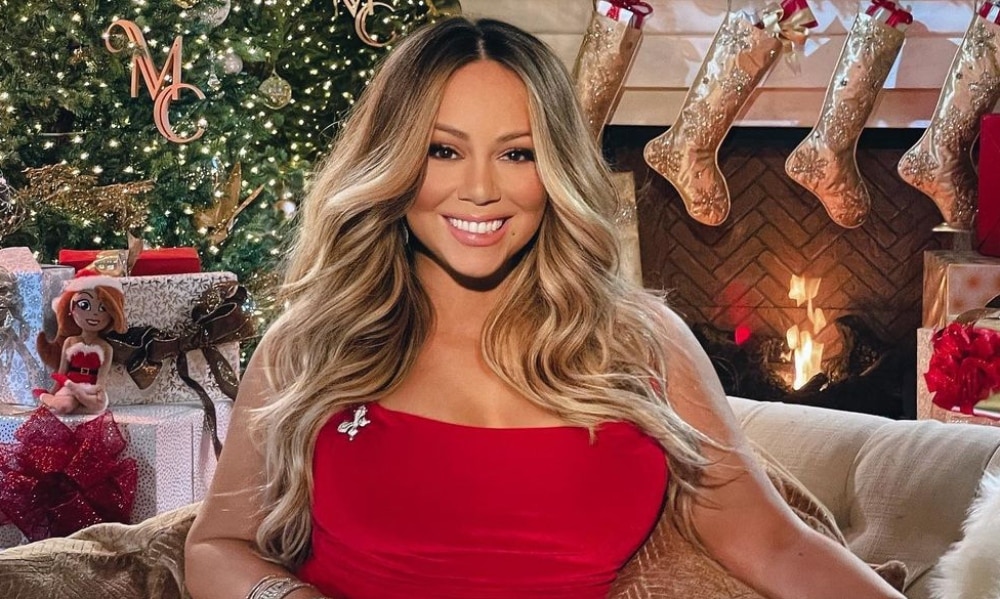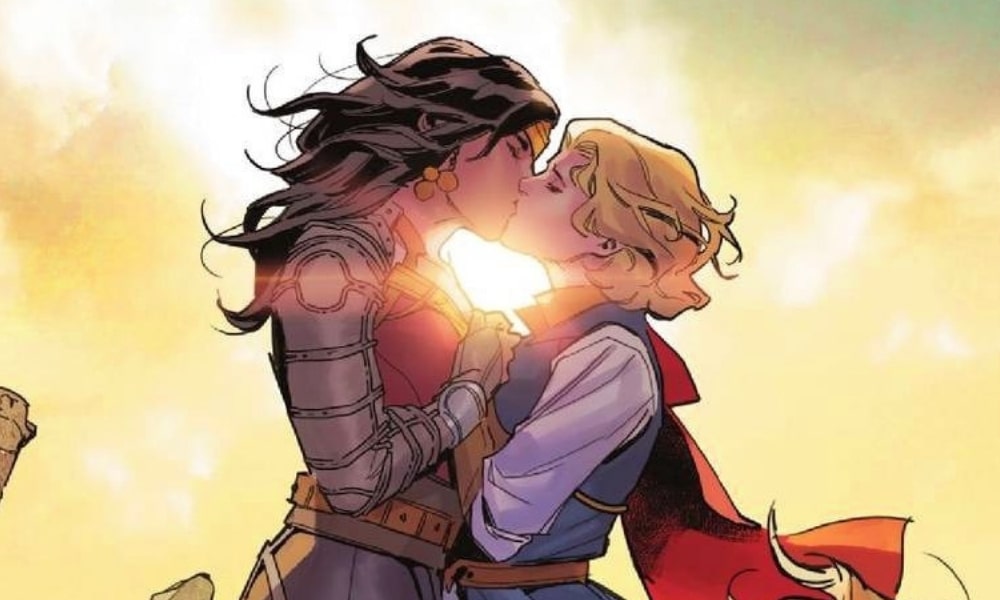Lady Gaga To Receive Palm Springs Film Festival Icon Award
Palm Springs International Film Awards will honor Lady Gaga.
Bi Erasure: Why So Many Bisexual People Feel Invisible
Bi erasure and biphobia: Why is it so common, and how can we fight it?
Harley Quinn Fans, Get Ready For Some More Queer Romance
Fans can’t wait for the third season of Harley Quinn on HBO Max to premiere.
Is Jaden Smith Gay? Putting the Rumors To Rest
Gay Jaden Smith Rumors: Unpacked And Resolved
Is The Bisexual Aesthetic Really A Thing?
As many of us know by now, sexual orientation, gender identity, and expression are not necessarily interdependent. That means that you can identify as a woman who likes other women, but you don’t have to present as butch to feel that way.
That said, though, certain aesthetics have become associated with certain groups of people. In the past, being gay or bisexual was still considered taboo. Because of this, members of the queer community had to adopt visual codes to signal their queerness to the right people while remaining discreet to unsuspecting straights.
Today, these visual cues and dozens of other styles and trends we’ve claimed throughout the years are an indivisible part of our culture. But while gay and lesbian style is easier to parse, bisexuals seem to have fewer obvious signifiers. Though that doesn’t mean that bisexual people don’t have a distinct aesthetic – you just have to look more closely.
Here, we take a look at some of the clothes, shoes, accessories, and hairstyle trends that bisexual women and men have claimed as their own and which are now an inextricable part of the bisexual aesthetic.
RELATED | Harry Styles Launches Nonbinary Beauty Brand Pleasing
The Bisexual Clothing Aesthetic – Explained
Let’s get one thing out of the way – there is no one way to look bi. But as mentioned, queer people have been using visual style cues to express their sartorial tastes and signal their presence and willingness to engage with other like-minded people.
This may not seem so important nowadays that LGBTQ+ people are more accepted. But for many bisexual women and men, adapting an obvious “bisexual aesthetic” is one way to make a stand when your very identity is constantly being questioned. See, bisexual folk tend to experience what is called “bi-erasure“, which, according to The Bisexual Invisibility report, refers to “a lack of acknowledgment and ignoring of the clear evidence that bisexuals exist”.
Often, even just dressing a certain way can lead others to make the wrong assumptions about bi women and men. If you dress in a queer-coded way, you could be assumed to be gay. If you dress more similarly to how straight women and men dress, people will tend to assume that you’re straight. As such, bisexuals developed bi-specific signifiers of their identity, borrowing from both gay and straight culture and making it their own.
6 “Bi-conic” Fashion Trends
So what does the bisexual aesthetic look like? Check out these six bisexual outfits, accessories, and haircuts to see for yourself what bisexual fashion is.
The Bisexual Bob
Hair is an important marker of sexuality, especially for queer women. Lesbians can signal their sexuality (and disinterest in the opinions of men) by rejecting traditionally long hair and sporting buzzcuts and undercuts.
The quintessential bisexual haircut for bi girls, the “bisexual bob”, comes from the 1920s hairstyle, the “castle bob”. This cut is typically cut straight and blunt until the jaw level. It’s as bisexual as you can get, with its length resting perfectly in the middle of the usual long flowing locks we associate with straight women and the super short hair that butch and some non-binary bisexuals tend to sport.
The bisexual bob is such a popular signifier of bisexuality that a lot of bisexual characters on TV and in films are seemingly announced as bi by giving them this haircut. Think Eleanor Shellstrop in “The Good Place”, Petra Solano in “Jane the Virgin”, and Avatar Korra in “The Legend of Korra”.
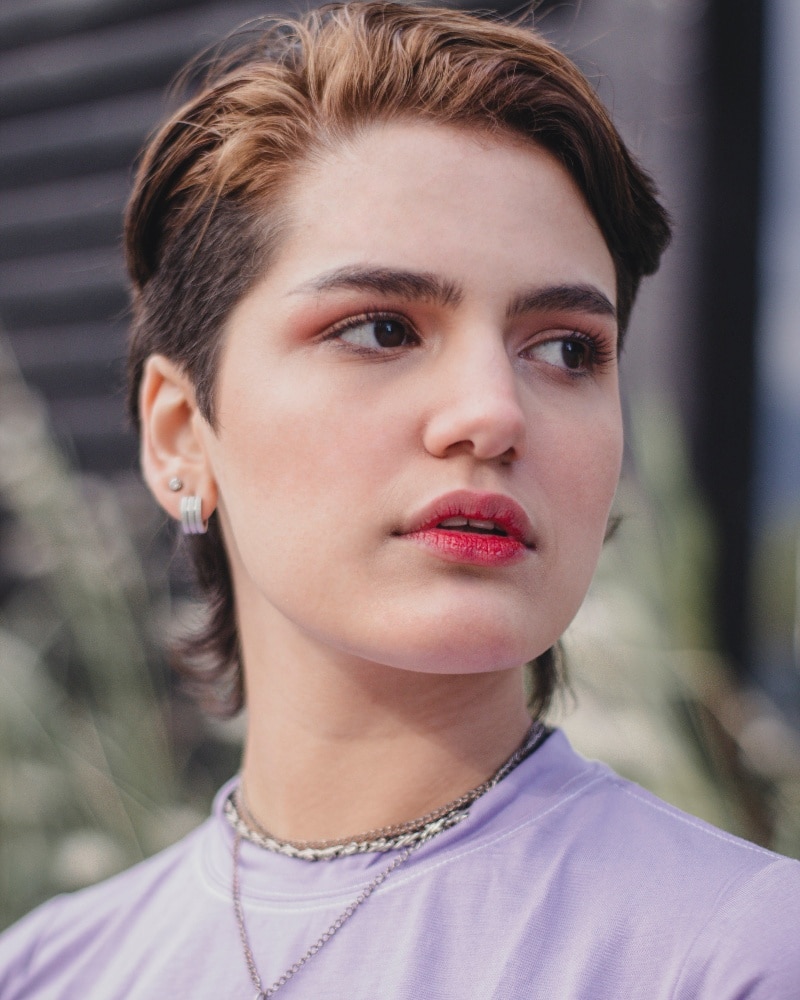
Brightly Colored Hair
While we’re on the topic, it seems that the bisexual bob isn’t the only way to signal you’re bi with your hair. Bubblegum pink hair, emerald green hair, traffic cone orange hair…while anyone can rock a bright and eye-catching ‘do, these days it seems to be a popular look among bi guys. Just think about the many times that Frank Ocean has dyed his hair a striking color.
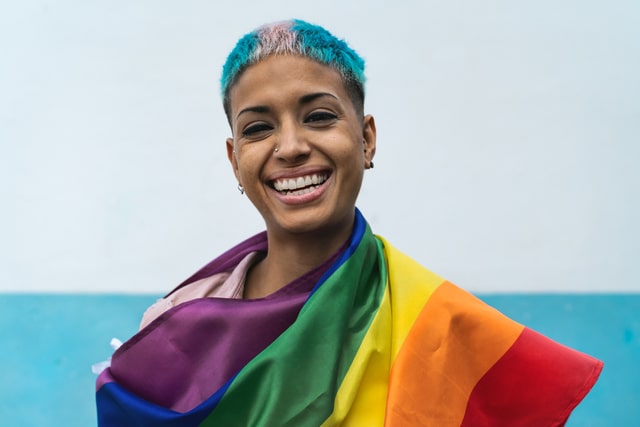
Dad Style
Before ’90s fashion came back, bisexuals have been edging dangerously close to the 90s dad aesthetic. The style is markedly laid back, with staples being baggy polo shirts and jeans, khaki pants, Bermuda shorts, and sensible shoes like loafers and classic sneakers.
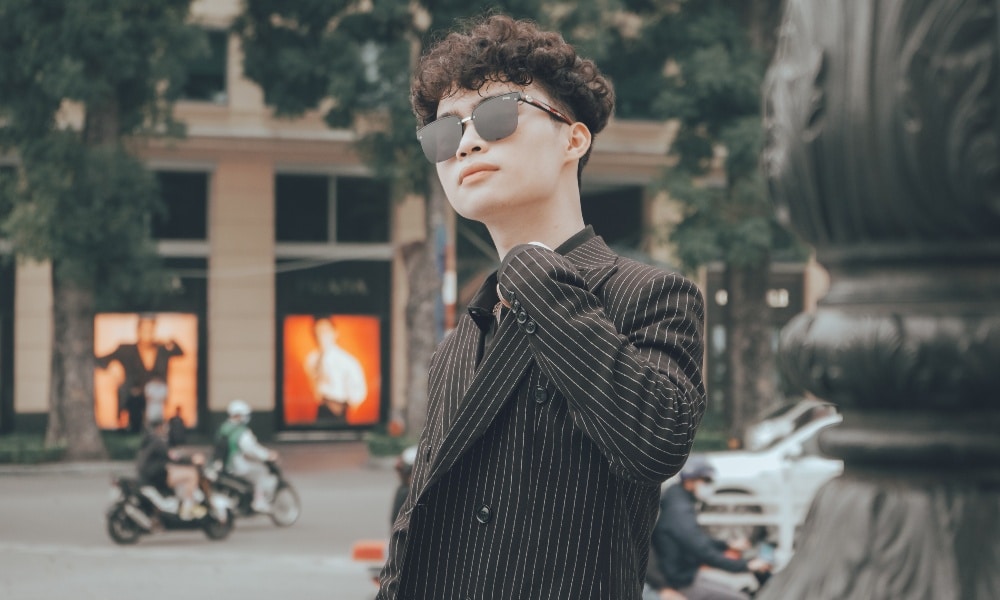
Enamel Pins
Pins and patches are the best way to signal your sexuality when you’re not 100 percent comfortable yet dressing in a way that’s obviously queer. For a lot of bi girls and guys who are only out to their close friends or a limited number of people at school, aesthetic bisexual flag pins or a pin with a bi-specific phrase or joke is one way to slowly ease out of that closet.
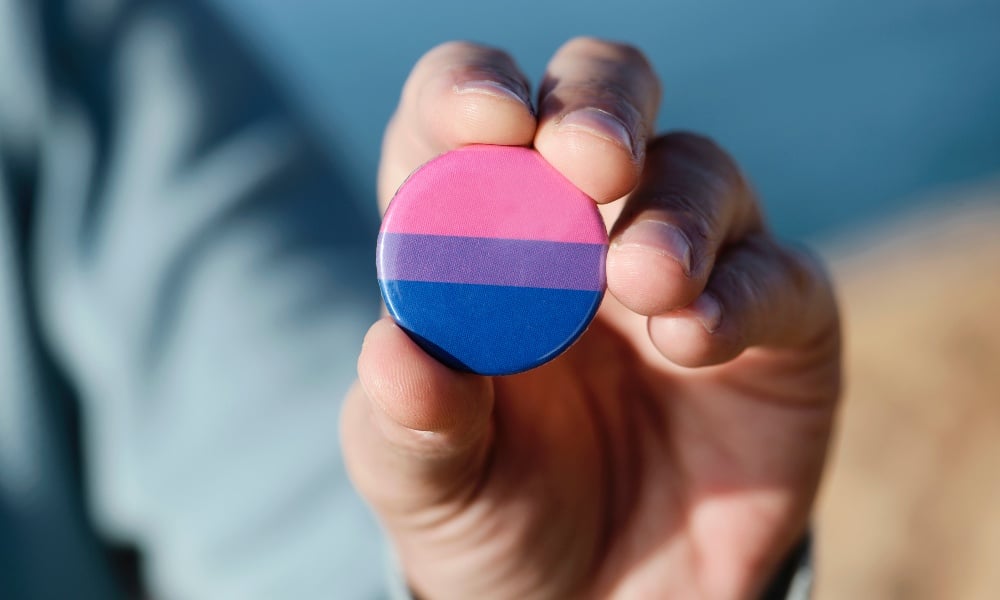
The Power Suit
On the flip side, the power suit is the ultimate queer power move. For queer girls (and AFAB non-binary folks) in particular, it’s the perfect sign that you don’t subscribe to the idea that clothes are inherently gendered. And you can embrace your femininity’s complexity in a sharp suit.

Cuffed Jeans And French Tuck
Nobody knows why bisexuals love folding their pant legs and tucking their shirts in halfway. But regardless of the trend’s murky history, this bi outfit is perhaps the easiest and most obvious signifier of bisexuality.
Take note: sporting cuffed jeans and a French tucked shirt doesn’t automatically make you bi. We get it, it’s comfortable, it’s laid back, and it looks good. But don’t be surprised if you get a little bit more of those knowing looks from queer guys and gals.
The Bottom Line
Styles, trends, and looks don’t belong to one particular person or group of people. After all, fashion is about borrowing from different sources of inspiration. And as queer people become more and more accepted in society, they’re also becoming style icons. Bisexual style may not be as immediately recognizable as other styles out there. But it exists, and it’s a way for those in the bisexual community to make their identity seen and heard.
RELATED | Why Men’s Fashion Should Embrace Skirts and Dresses
What Is Attraction Theory? And How Does It Affect Your Relationships?
Attraction Theory 101: How To Build Relationships That Last
Ever found yourself asking the following questions? If so, Attraction Theory may be able to help:
How do I make them like me? How do I take our relationship to the next level? Wait, are they flirting with me or am I just misreading their behavior?! Do I really like them or am I just bored or lonely?
All these questions, and so many ways to answer them! But while we tend to focus on other people’s feelings during the “talking stage” of dating, it’s even more important to turn that focus inwards and understand where you’re coming from.
If you’re reading this article, you’re probably attracted to that person in some way or another. So let’s take a look into attraction theory as psychology has a lot to say about how we like or dislike other people. In this article, we’ll explain the attraction and reward theory, plus how it can change your approach to relationships!
RELATED | Netflix Teases New Gay Holiday Rom-Com Single All the Way
Attraction Theory, Explained
Attraction theory – sometimes referred to as social attraction theory or interpersonal attraction theory – is a branch of social psychology that studies how much we like or dislike a person. Interpersonal attraction is related to our positive feelings or experiences with someone else, and this can lead to forming a platonic or romantic relationship.
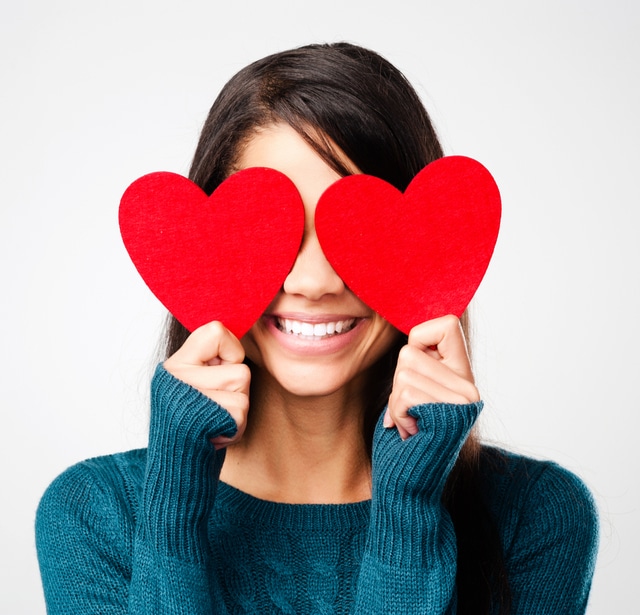
More specifically, there’s the reward theory of attraction. It states that we’re more attracted to people we associate rewarding events with. Think of it as costs versus benefits. If they bring us more reward and more pleasure than pain, then we’ll probably wish to continue being with them.
This theory can explain why you’re still hung up on an ex or your first love. You’re still romanticizing the rewarding parts. So, let go of the old to make room for new!
What Are The Factors That Affect Interpersonal Attraction?
Many studies attempt to determine what affects our attraction to others. We can narrow that down to four: physical attractiveness, close proximity, similarity, and reciprocity.
So how do you make them like you back? Again, it’s all about the reward. Here are four pillars that can influence their attraction toward you!
Attractiveness: How Physically Attractive Are You To Them?
While you might think looks don’t matter, research suggests otherwise. Most people tend to desire others who are physically attractive. It’s just like how posts of attractive people get more engagement on social media.
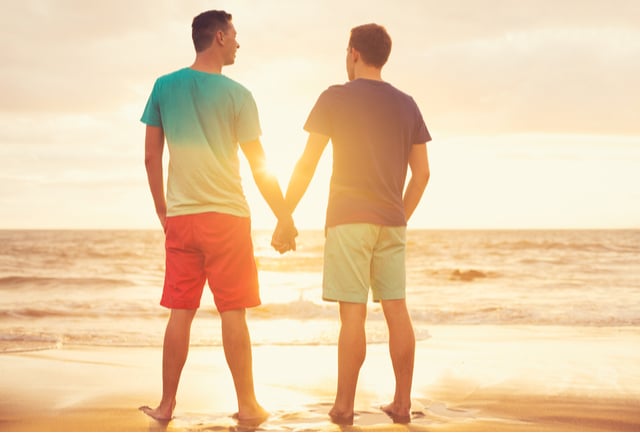
Physical attraction can be influenced by issues of race, gender identity and preference, and culture. Interestingly, your perception of your own attractiveness plays a part in choosing a romantic partner. We call this the matching hypothesis in social psychology. Simply put, people tend to form relationships with those on their level.
Ask yourself: What’s my type? What’s their type? Are we on the same level, realistically speaking? We’re not saying lower your standards. We’re saying you should focus on and love yourself enough to choose someone who deserves you!
Proximity: How Near Are They To You?
So now you might be thinking: how do I start a relationship with a hottie now?! Well, they’re probably a lot closer to you than you think. Your best bet, honestly, is to look within your current relationships. Beyond that, well, there’s always narrowing down the distance you set on your dating apps. People tend to nurture a relationship with someone physically close to them.
For example, it’s so much easier to form an attraction with someone who goes to the same school as you. Here’s another way to explain it. Why do you think you drifted apart from a close friend from high school now that you’re older? Closeness breeds familiarity.
There’s a concept coined by Dr. Robert Zajonc called the mere exposure effect. This theory of attraction states that the more we interact with a person, the more likely we’ll view them positively. Our brains sometimes associate easily accessible with available, and therefore attractive. Which isn’t necessarily a bad thing! Just, you know, respect their boundaries.
Similarity: Do Opposites Attract?
Short answer: no they don’t, sorry. Our idea of opposites attracting is actually an illusion. Maybe you have more in common than you think, and those differences stand out due to contrast. Maybe what you’re seeing are personality traits you want to fix.
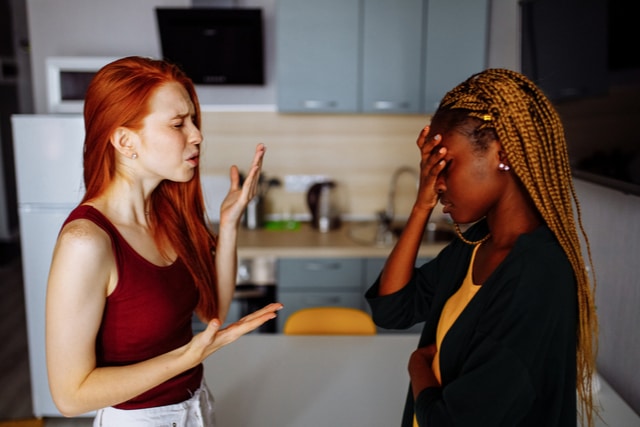
In reality, loads of studies have shown that the more similar two people are, the more likely they’ll be attracted to each other. Research suggests people tend to gravitate towards partners of similar attitudes, interests, age, cultural background, and socio-economic standing.
So when vetting a potential partner, get a sense of their personality, history, and behaviors. Find something to bond over! Observation and communication are key. What kind of music makes them feel good? What do they find most rewarding in life? How do they view their family and friends? Hear out what they have to say about key issues to see if your attitudes are similar.
Reciprocity: Are The Feelings Mutual?
This might be a bit tricky to figure out. Physical attractiveness, nearness, and similarity help us form a relationship and possibly find romantic partners. But it’s reciprocity that helps us maintain them. Reciprocity is all about the give and take.
Attraction theory researchers call this the gain-loss theory of attraction. Our motivation to pursue someone changes if their like or dislike for us increases. Aren’t we more likely to be attracted to a person who likes us back? So shoot your shot. You may miss, but you might also increase your chances. The rewards outweigh the missed opportunity.
Intimacy And Self-Disclosure: Now, How Do I Actually Keep A Relationship?
Simple. Increase your intimacy and self-disclosure. In theory, these are elements of healthy romantic relationships. In other words, do unto others what you want them to do to you. Share something about yourself to encourage them to share something back.
How can you better enjoy being with each other? What can you do to make them feel rewarded? Try finding interests you can bond over. Discover their love language, and be consistent with how you communicate it.
Social Psychology Can Help You Figure Out If They Like You Back
As we said, the reward theory of attraction can explain why people seek partnerships that benefit them. Physical attraction and responsiveness can definitely increase pleasure. Being close to one another means it’s easier to meet up and spend quality time together. Where similarity is concerned, you probably wouldn’t maintain a partnership with someone who doesn’t share your values.
It’s not rocket science. It’s communicating to see if being with them rewards them as much as it can reward you.
RELATED | Are You Lithosexual? Here Are 5 Signs You Might Be


